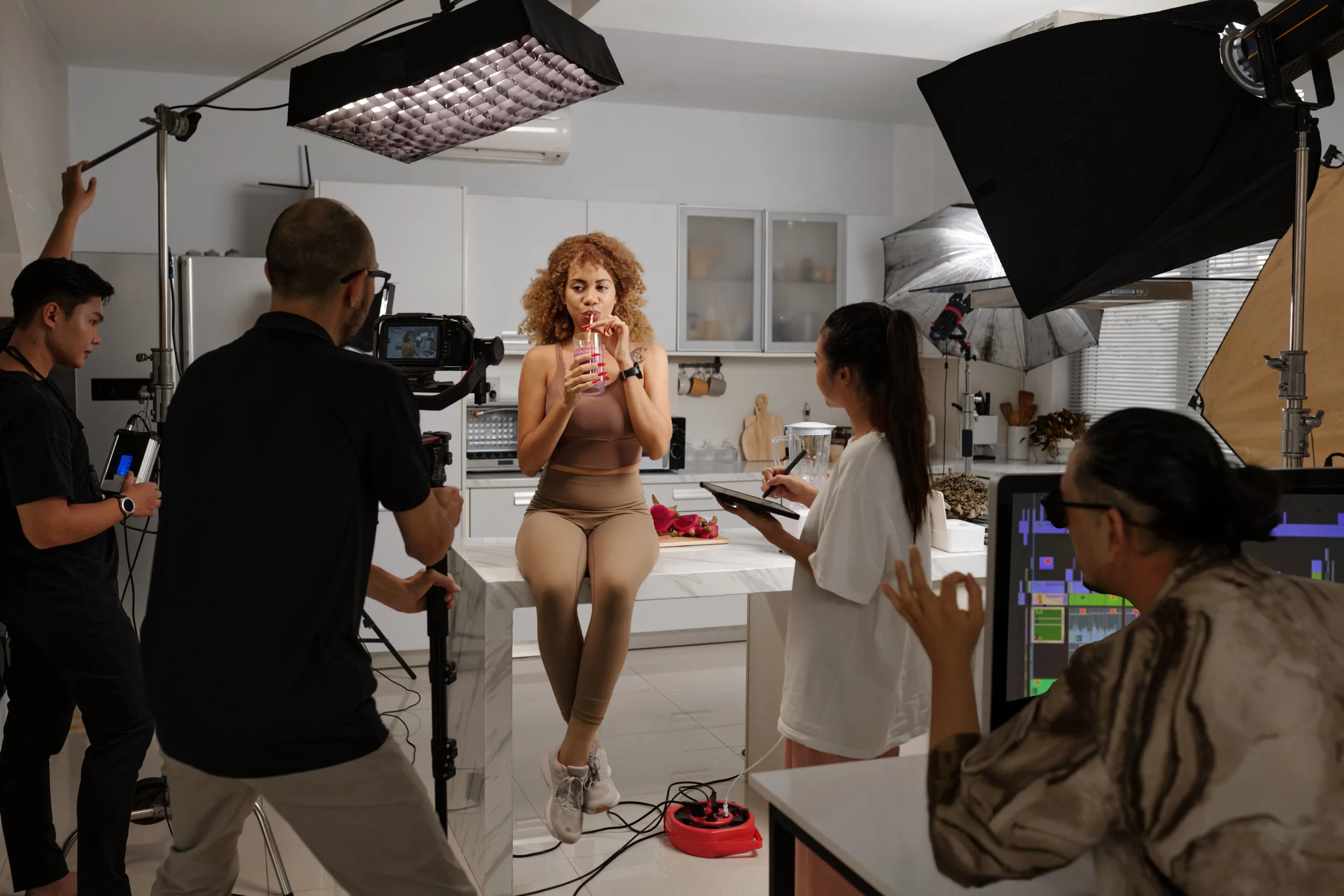
The Video Production Process: From Concept to Completion

From Concept to Completion: The Video Production Process
In today’s digital-first world, video content is one of the most valuable ways to convey thoughts, engage audiences, and promote products. Whether it’s a promotional video, a corporate video, or an explainer video, every video starts with a strong concept and goes through a well-defined process to bring it to life. Understanding each stage of the video production process is important to creating high-quality content that resonates with viewers.
One of the most important decisions you’ll need to make at the outset is choosing the right video production company in Vancouver to help bring your idea to life. A professional team will guide you through the journey, from the initial concept to the final distribution.
Video Production Process: From Start to Finish
1. Development & Pre-Production: The Planning Stage
The development & pre-production stage in the video production process is where everything starts. It’s the stage where ideas are born, scripts are written, and planning is put into action. Pre-production is important because it sets the foundation for the entire video production process. Without a solid plan in place, even the best innovative ideas can fall flat.
During this phase, the project’s concept and goals are clarified. Key decisions are made about the type of video, the message it should convey, and the target audience. This is where all creative elements come together, from concept development to scriptwriting. Moreover, logistical details like location scouting, casting, and equipment requirements are organized.
Key Pre-Production Activities:
- Conceptualization and Scripting: The core story and message are prepared to ensure they align with your goals and audience.
- Storyboarding is a visual blueprint of the video that helps in planning the sequence, shots, and camera angles.
- Casting and Location Scouting: Choosing the right talent and location to fit the video’s narrative.
- Scheduling and Budgeting: A clear breakdown of the project’s timeline and expenses.
Video production in 2024 will benefit from new technologies like virtual production and advanced animation techniques. These technologies make the planning process more dynamic and flexible, enabling creative teams to push the boundaries of storytelling.

2. Production: Capturing Your Vision
Once the pre-production phase of the video production process is finished, the project moves into production, where your ideas and plans are turned into reality. This is where all the hard work in pre-production pays off as the footage is captured on camera.
During the production phase, various aspects need to be coordinated: the camera crew, lighting setup, sound technicians, and actors (if applicable). High-quality production needs skilled professionals who understand how to bring the script to life through thoughtful cinematography and direction.
Key elements of production include:
- Cinematography: The lighting, framing, and camera movement create the visual tone of the video.
- Sound Recording: Ensuring clear dialogue and good sound throughout the production.
- Directing and Coordination: This involves keeping the production on track, managing talent, and ensuring the vision is executed properly.
The production phase can be quite intense. It involves getting the right shots and confirming that everything flows smoothly.
3. Post-Production: Shaping the Final Product
The video truly comes together in the post-production phase. Careful editing, sound design, and visual effects transform raw footage into a polished, final video. In the post-production phase of the video production process, the footage is edited to create the proper narrative flow, remove excessive content, and ensure spot-on pacing and continuity. Sound design plays a vital role, with background voiceovers, music, and sound effects added to enhance the overall mood of the video. Additionally, colour grading is another essential step in post-production, helping to adjust the look and feel of the video to match the brand’s tone.
For those needing video editing services, this is the phase where your raw footage is polished to perfection, ensuring it aligns with the vision set during pre-production.
4. Distribution: Reaching Your Audience
Once the video has been finalized and edited, it’s time to share it with the world. Distribution is an important step in the video production process because it ensures your video reaches the right audience through the proper channels.
Each platform has its own requirements for video length, format, and style. For instance, an Instagram video needs to be short and highly engaging, while a video for LinkedIn and YouTube may be longer and more detailed. A successful distribution strategy takes these nuances into account and ensures your video is optimized for its intended platform.

Why Choose a Professional Video Production Company?
The video production process involves imagination, planning, production, and post-production. Partnering with a professional team ensures each stage is executed precisely, resulting in high-quality video content that effectively conveys your message. As we’re a professional video production company in Vancouver, we will manage everything from concept development to distribution, ensuring your project meets its goals.
At Create Video, we specialize in full-service video production—from pre-production planning to post-production editing and distribution. Whether you’re looking for top-notch video production in 2025 or professional video editing services to refine your footage, we are here to help. Our team is committed to bringing your idea to life, ensuring your brand stands out with stunning, high-quality content.
Contact us today, and let’s create a great video together!


Write a Comment
You must be logged in to post a comment.